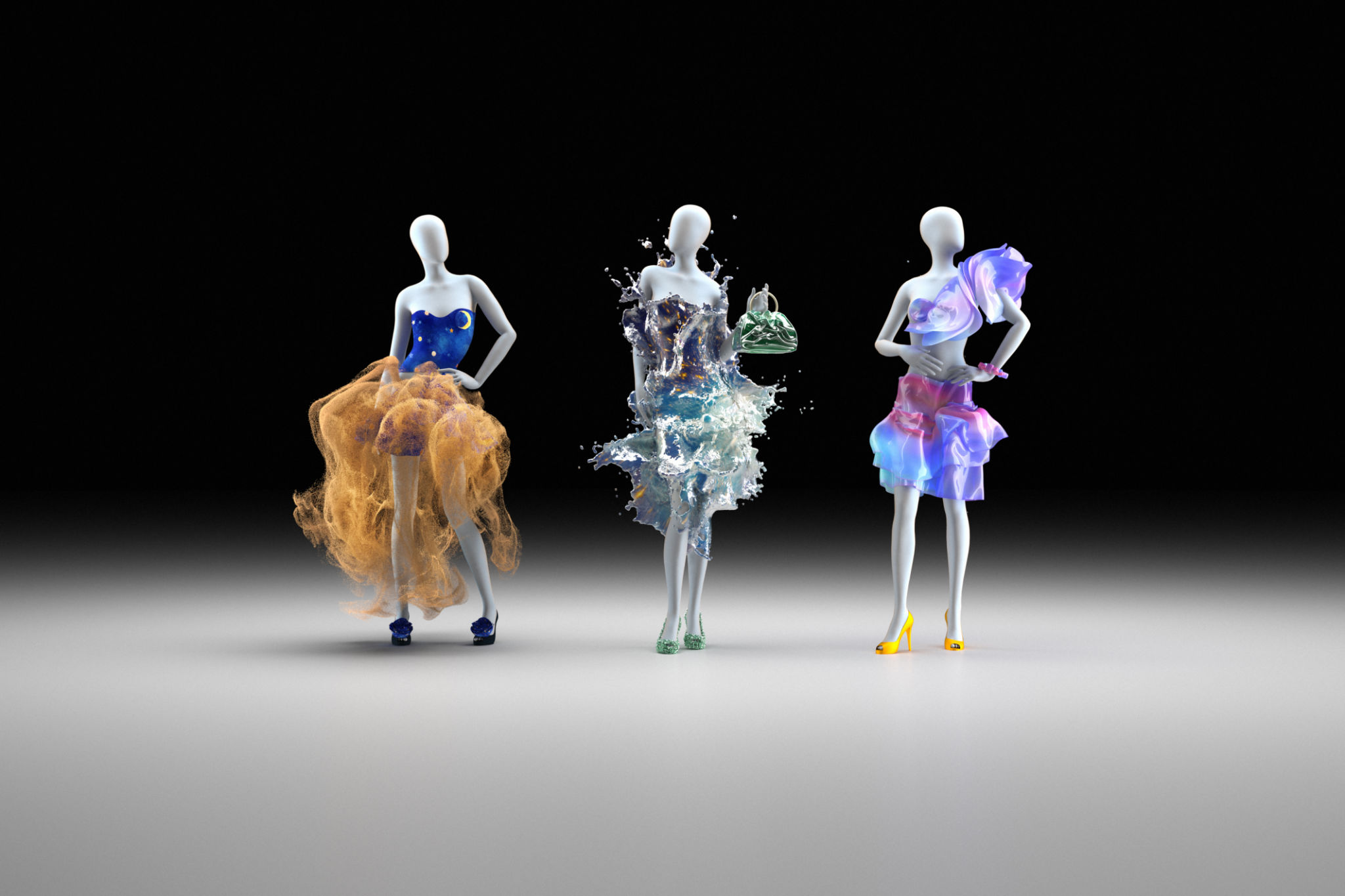Common Misconceptions About Digital Art Debunked
Understanding Digital Art
In recent years, digital art has gained immense popularity, becoming a significant part of the art world. However, despite its growing acceptance, there are still numerous misconceptions surrounding it. This blog post aims to debunk some of the most common myths about digital art.
One prevalent misconception is that digital art is not "real" art. This notion stems from the belief that art must be created through traditional means, such as painting or sculpting. However, digital art is simply another medium, much like oil paints or clay. Artists use various tools and techniques to express their creativity digitally, which requires skill and practice.

Digital Art Is Easier Than Traditional Art
Another common myth is that digital art is easier to create than traditional art. While digital tools may offer conveniences like the undo button or layers, these features do not necessarily make the process easier. Artists still need to understand composition, color theory, and other artistic principles to create compelling works. Mastery in digital art also requires learning how to use complex software effectively.
Moreover, the accessibility of digital tools does not diminish the effort and talent required to produce high-quality art. The misconception that digital art is effortless undermines the dedication of digital artists who spend countless hours honing their craft.

The Myth of Automation
A third misconception is the belief that digital art is mostly automated, with software doing all the work for the artist. While it's true that some aspects of digital art can be automated, such as filters or effects, these tools are only a small part of the creative process. Artists must make deliberate choices regarding composition, style, and subject matter. The software merely serves as a tool to bring their vision to life.
Additionally, many digital artists create their own textures, brushes, and elements from scratch, adding a personal touch to their work. This level of customization emphasizes the artist's involvement in every step of the process.

The Value of Digital Art
Many people also believe that digital art lacks value compared to traditional art. This perception might arise from the idea that digital works are easily reproducible. However, the value of art is subjective and not solely based on its physical presence. Digital art can be just as impactful and thought-provoking as traditional pieces.
With the rise of NFTs (non-fungible tokens), digital art has found new ways to authenticate and establish ownership, increasing its perceived value in the market. Collectors and enthusiasts now recognize and appreciate digital art's unique attributes.
The Environmental Aspect
Lastly, there's a misconception that digital art is environmentally harmful due to the energy consumption of electronic devices. While it's true that technology consumes energy, digital art can be more sustainable than traditional methods that require physical materials and chemicals. By reducing waste and minimizing resource usage, digital art offers an eco-friendly alternative for artists.
Overall, digital art is a vibrant and legitimate form of artistic expression. By debunking these common misconceptions, we can foster a better understanding and appreciation for this modern medium.
